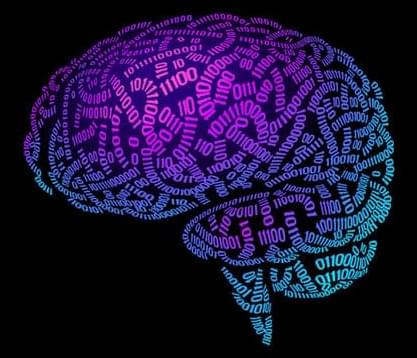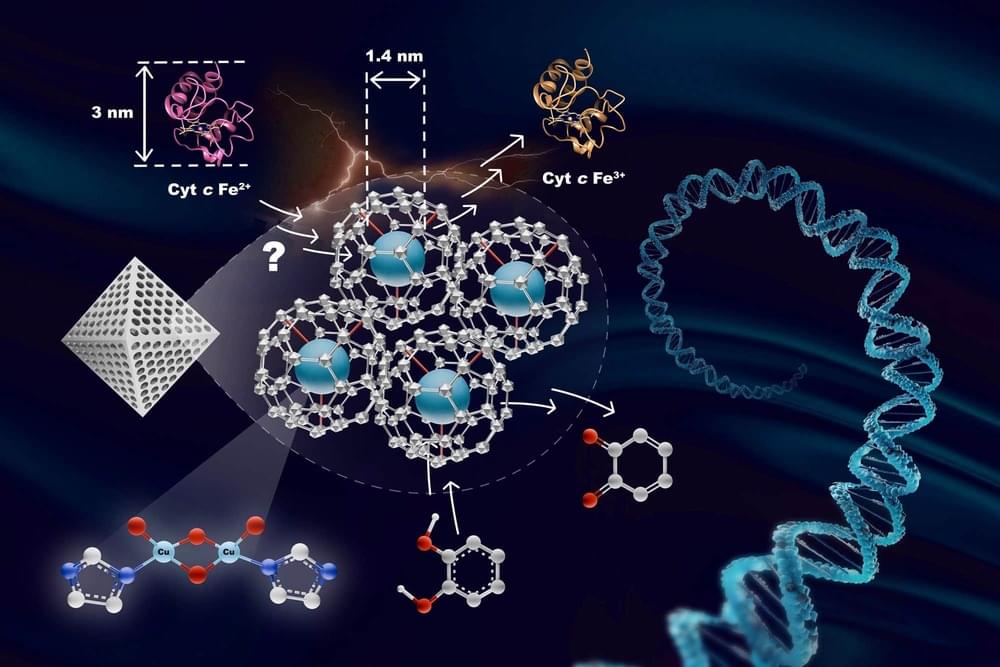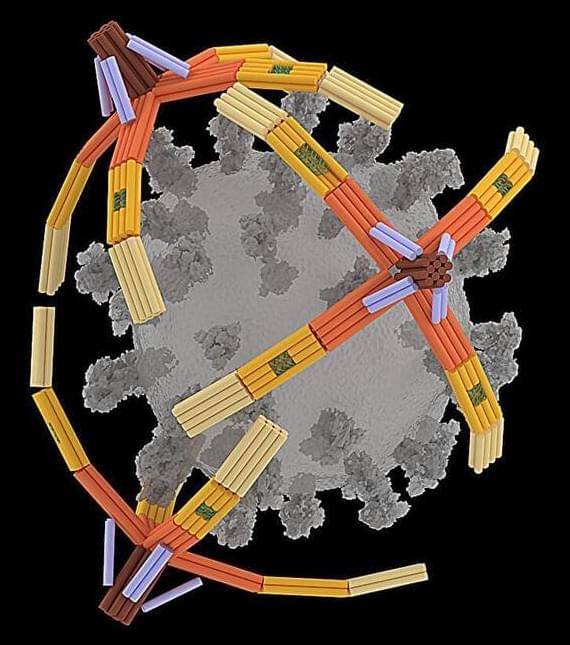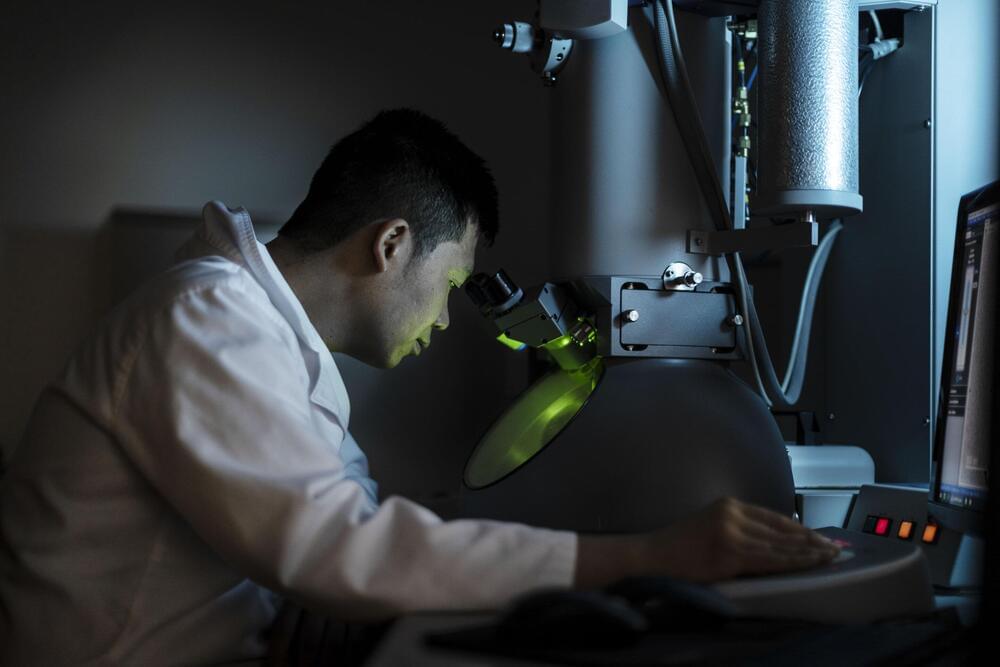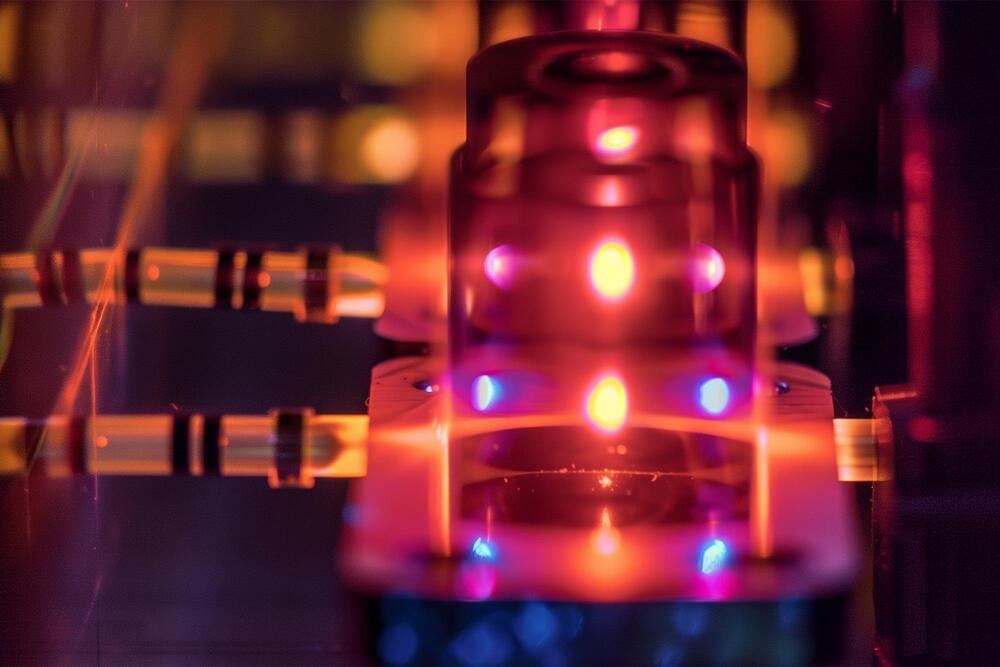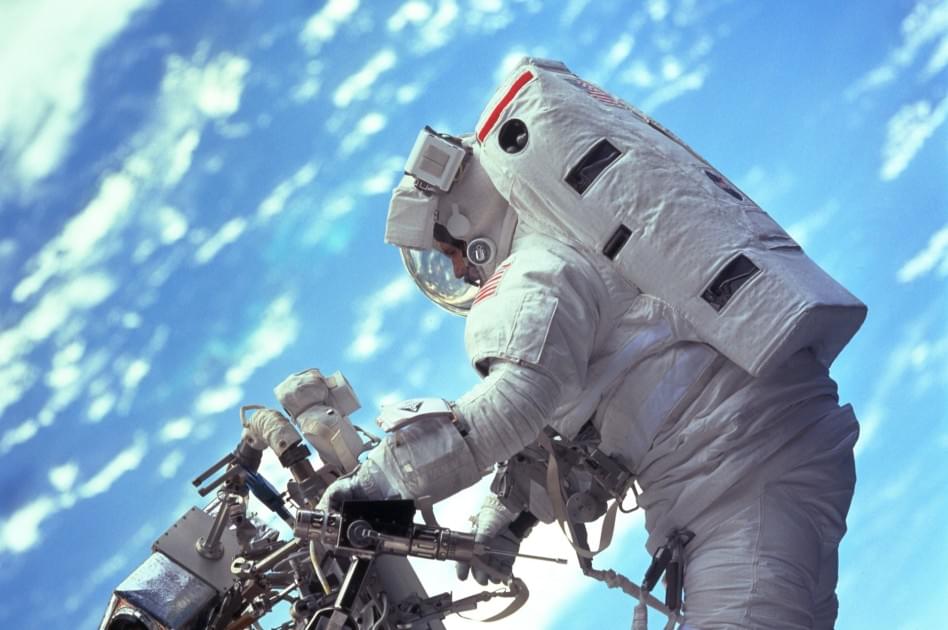Archive for the ‘biotech/medical’ category: Page 69
Nov 28, 2024
How to REVERSE AGING: The Latest Scientific Advances
Posted by Montie Adkins in categories: bioengineering, biotech/medical, life extension
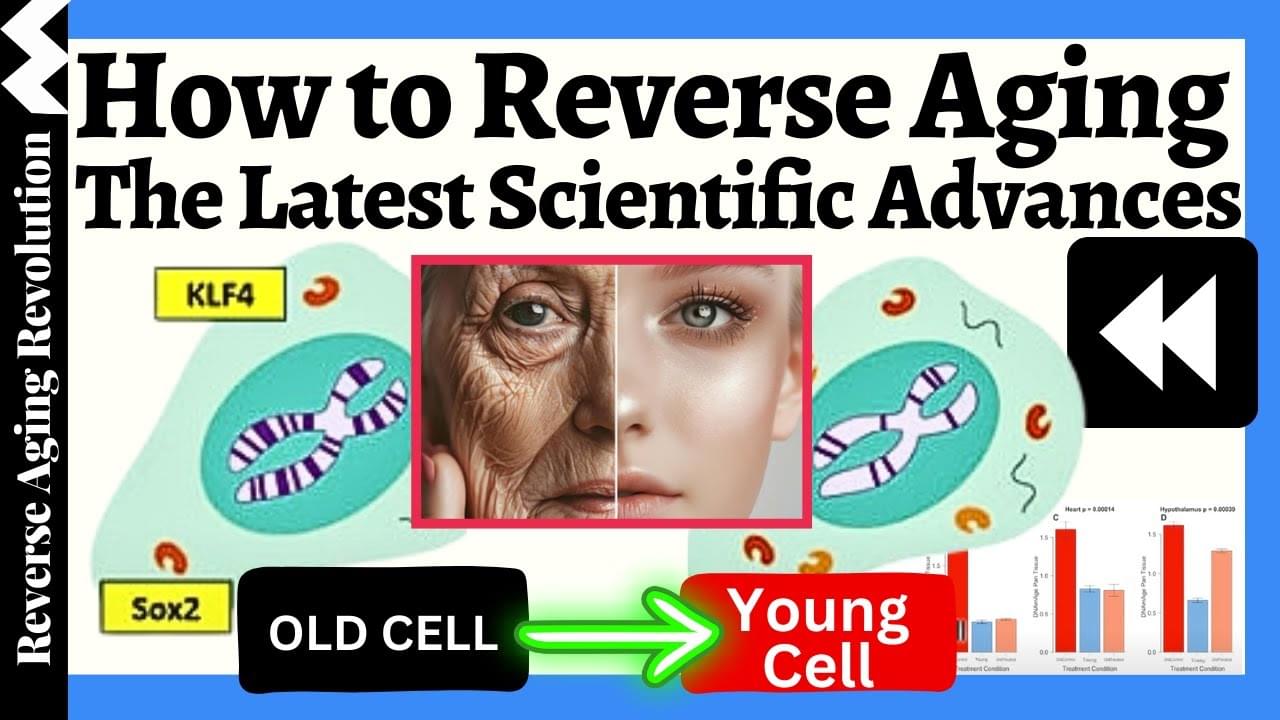
Bill Faloon discusses advancements in age reversal therapies and their transition from research to clinical application, emphasizing the potential for delaying and reversing biological aging. He highlights advancements in age reversal, discussing therapies like young plasma, gene editing, yamanaka factors and exosome treatments, emphasizing their potential to reverse aging, improve health, and extend lifespan.
Credits to : Age Reversal Network https://age-reversal.net/
Continue reading “How to REVERSE AGING: The Latest Scientific Advances” »
Nov 28, 2024
Linda Jiang — Head of Strategy and Government Partnerships, Healthcare, Lyft
Posted by Ira S. Pastor in categories: biotech/medical, government, health, neuroscience

The Quickest Route To Healthy
Linda Jiang is Head of Strategy and Government Partnerships, Healthcare, at Lyft (https://www.lyft.com/healthcare), where she’s responsible for accelerating the growth of the business, driving public sector strategy, and partnering with policymakers and regulators to bring access to the rideshare service to millions of people who need it for healthcare access.
Continue reading “Linda Jiang — Head of Strategy and Government Partnerships, Healthcare, Lyft” »
Nov 28, 2024
Red Light Therapy Reduces Blood Glucose: Glen Jeffery, PhD
Posted by Mike Lustgarten in categories: biotech/medical, genetics, life extension
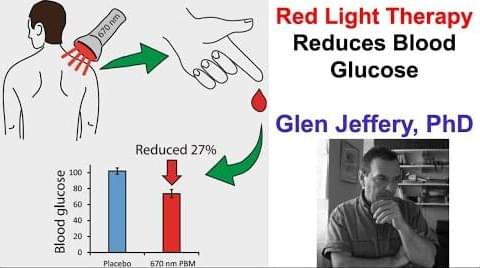
Join us on Patreon! https://www.patreon.com/MichaelLustgartenPhD
Discount Links/Affiliates:
Blood testing (where I get my labs): https://www.ultalabtests.com/partners/michaellustgarten.
Continue reading “Red Light Therapy Reduces Blood Glucose: Glen Jeffery, PhD” »
Nov 28, 2024
Pushing the limits of artificial enzymes
Posted by Shubham Ghosh Roy in categories: biotech/medical, chemistry
Researchers from CSIR-Central Leather Research Institute (CLRI), supported by INSPIRE Faculty and WISE Kiran Fellowships, explored the chemistry between proteins and nanozymes to advance artificial enzymes. Their work focuses on using manganese-based oxidase nanozyme (MnN) to crosslink collagen, a key structural protein, aiming to develop biomaterials for future medicinal and biomedical applications.
Nov 28, 2024
Nanorobot hand made of DNA grabs viruses for diagnostics and blocks cell entry
Posted by Saúl Morales Rodriguéz in categories: bioengineering, biotech/medical, chemistry, nanotechnology, robotics/AI
A tiny, four-fingered “hand” folded from a single piece of DNA can pick up the virus that causes COVID-19 for highly sensitive rapid detection and can even block viral particles from entering cells to infect them, University of Illinois Urbana-Champaign researchers report. Dubbed the NanoGripper, the nanorobotic hand also could be programmed to interact with other viruses or to recognize cell surface markers for targeted drug delivery, such as for cancer treatment.
Led by Xing Wang, a professor of bioengineering and of chemistry at the U. of I., the researchers describe their advance in the journal Science Robotics.
Inspired by the gripping power of the human hand and bird claws, the researchers designed the NanoGripper with four bendable fingers and a palm, all in one nanostructure folded from a single piece of DNA. Each finger has three joints, like a human finger, and the angle and degree of bending are determined by the design on the DNA scaffold.
Nov 28, 2024
Nanostructures pave the way for advanced robotics—and mini dinosaurs
Posted by Saúl Morales Rodriguéz in categories: biotech/medical, nanotechnology, robotics/AI
Researchers at the University of Sydney Nano Institute have made a significant advance in the field of molecular robotics by developing custom-designed and programmable nanostructures using DNA origami.
This innovative approach has potential across a range of applications, from targeted drug delivery systems to responsive materials and energy-efficient optical signal processing. The method uses “DNA origami,” so-called as it uses the natural folding power of DNA, the building blocks of human life, to create new and useful biological structures.
As a proof-of-concept, the researchers made more than 50 nanoscale objects, including a “nano-dinosaur,” a “dancing robot” and a mini-Australia that is 150 nanometers wide, a thousand times narrower than a human hair.
Nov 28, 2024
Taming big data and particle beams: How researchers are pushing AI to the edge
Posted by Saúl Morales Rodriguéz in categories: biotech/medical, information science, robotics/AI
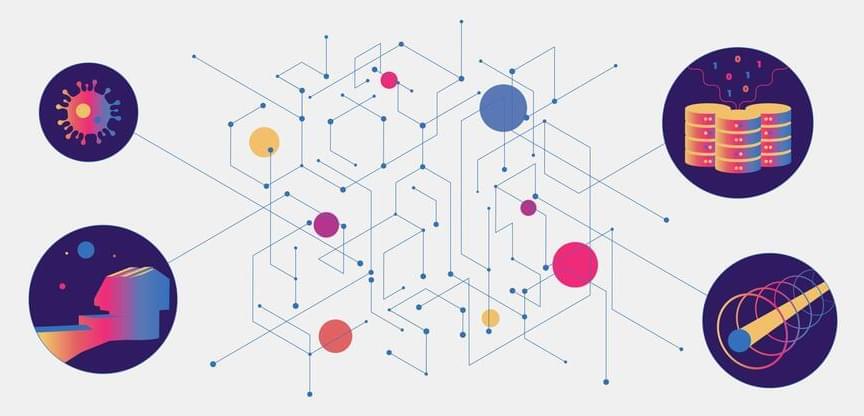
Every day, researchers at the Department of Energy’s SLAC National Accelerator Laboratory tackle some of the biggest questions in science and technology—from laying the foundations for new drugs to developing new battery materials and solving big data challenges associated with particle physics and cosmology.
To get a hand with that work, they are increasingly turning to artificial intelligence. “AI will help accelerate our science and technology further,” said Ryan Coffee, a SLAC senior scientist. “I am really excited about that.”
Nov 28, 2024
Quantum Breakthrough Allows Researchers To Create “Previously Unimaginable Nanocrystals”
Posted by Saúl Morales Rodriguéz in categories: biotech/medical, chemistry, quantum physics, solar power
The type of semiconductive nanocrystals known as quantum dots is not only expanding the forefront of pure science but also playing a crucial role in practical applications, including lasers, quantum QLED televisions and displays, solar cells, medical devices, and other electronics.
A new technique for growing these microscopic crystals, recently published in Science, has not only found a new, more efficient way to build a useful type of quantum dot, but also opened up a whole group of novel chemical materials for future researchers’ exploration.
“I am excited to see how researchers across the globe can harness this technique to prepare previously unimaginable nanocrystals,” said first author Justin Ondry, a former postdoctoral researcher in UChicago’s Talapin Lab.
Nov 28, 2024
Astronauts found to process some tasks slower in space, but no signs of permanent cognitive decline
Posted by Saúl Morales Rodriguéz in categories: biotech/medical, neuroscience
In space, astronauts are exposed to extreme stressors our bodies don’t experience on Earth. Microgravity, higher radiation, and a high workload can impact cognitive performance. To find out which cognitive domains are affected by spaceflight, researchers analyzed data from 25 professional astronauts. They found that while on the ISS, astronauts took longer to perform tasks concerned with processing speed, working memory, and attention, but that a six-month stay in space did not result in lasting cognitive impairment once crews returned to Earth.
A stay in space exerts extreme pressures on the human body. Astronauts’ bodies and brains are impacted by radiation, altered gravity, challenging working conditions, and sleep loss – all of which could compromise cognitive functioning. At the same time, they are required to perform complex tasks, and minor mistakes can have devastating consequences.
Little is known, however, about whether astronauts’ cognitive performance changes while in space. Now, working with 25 astronauts who spent an average of six month on the International Space Station (ISS), researchers in the US have examined changes in a wide range of cognitive performance domains. This dataset makes up the largest sample of cognitive performance data from professional astronauts published to date.
